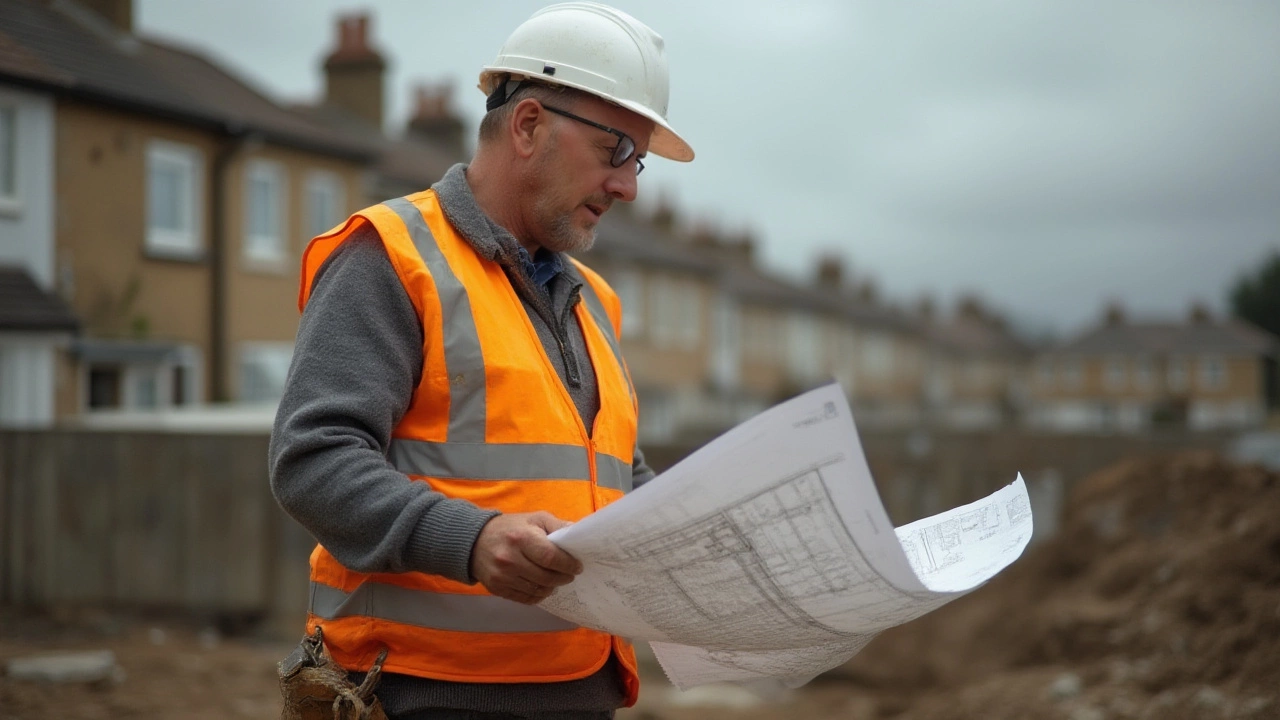Home Building Help: Practical Tips From Start to Finish
Thinking about building or renovating a house? You’re not alone. Most people get stuck on one thing – where to start. This guide pulls together the most useful advice from our articles so you can move forward with confidence.
Check the Foundation Before Anything Else
The foundation is the backbone of any home. If you notice cracks, uneven floors, or doors that stick, it’s time to investigate. Look for vertical cracks wider than a hairline, water seepage in the basement, or sloping walls. When in doubt, call a structural engineer – they can tell you whether a simple crack seal will do or if you need a full replacement. DIY fixes like epoxy injection work for hairline cracks, but major movement always needs a pro.
Fixing foundation issues early saves money later. A cheap seal today prevents costly structural repairs down the road. Keep an eye on drainage too; bad grading around the house directs water to the foundation, accelerating damage.
Plan Your New Build Materials Wisely
Choosing the right materials sets the tone for your whole project. Limestone from local quarries, for example, provides a durable base and looks great in modern homes. When selecting flooring, consider durability, maintenance, and cost. Vinyl plank, engineered hardwood, and polished concrete are popular for new builds because they stand up to traffic and look sleek.
Don’t forget roofing. The best time to replace a roof is during dry months when you can see the work clearly. Get quotes per square and compare material costs – metal, slate, and composite each have pros and cons. Negotiating the price can shave off a few thousand pounds, especially if you bundle materials with other trades.
While you’re at it, think about energy efficiency. Proper insulation, airtight windows, and a well‑ventilated attic keep heating bills low and make the house more comfortable.
Stay Organized and Budget Smart
Every home building project benefits from a clear budget. Break down costs into categories: foundation, structure, roofing, interior finishes, and landscaping. Track every expense in a spreadsheet and set a 10% contingency for unexpected issues. Knowing where your money goes helps you avoid surprise invoices.
Timing matters too. Schedule heavy work like foundation and framing for early spring or late summer when weather is stable. A bathroom remodel, for instance, is cheaper in the off‑season because contractors have more availability.
Finally, keep communication open with every trade. A quick weekly check‑in can catch problems before they blow up, saving you time and cash.
Home building doesn’t have to be overwhelming. Focus on the foundation, choose smart materials, and stick to a well‑planned budget. Follow these steps and you’ll see your house go from a concept to a solid, comfortable home without the usual headaches.
Builder vs Construction Company: Key Differences and Roles in Home Projects

Find out what sets a builder apart from a construction company, including their roles, responsibilities, and which is right for your next project.
read morePreventing Cracks in Your New Build

Worried about cracks in your shiny new home? Fear not! This guide delves into practical ways to keep your new build crack-free, from choosing the right materials to effective construction methods. With real-world tips, this read is designed to help you maintain your dream home in top-notch condition.
read moreAffordable Home Construction: Building on a Budget

Building a home on a budget doesn't mean compromising on quality or style. By focusing on innovative techniques and versatile materials, it's possible to achieve both cost-effectiveness and a comfortable living space. This article explores various affordable building options, from tiny homes to prefabricated models. Readers will find helpful tips, practical advice, and creative solutions to make their home-building dreams a reality without breaking the bank.
read more



